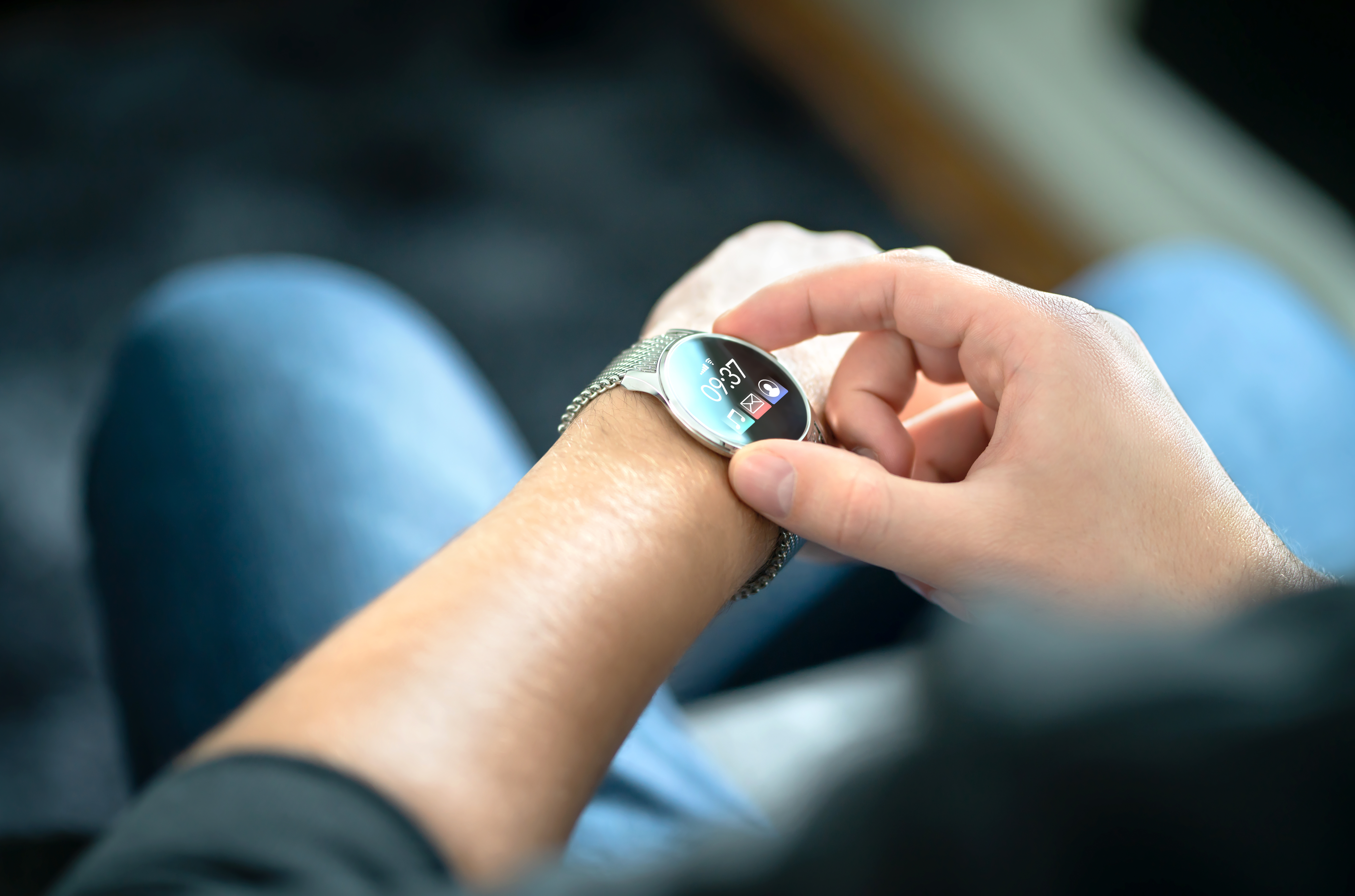
Have you ever wondered how technology is reshaping the future of fashion? It's a fascinating fusion where style meets innovation. From smartwatches to intelligent fabrics, wearable tech is changing how we interact with our clothing.
Let's explore how wearable technology is revolutionizing the fashion industry. We'll cover everything from health-monitoring suits to tech-enhanced retail experiences.
Let's start with a bit of history. Did you know that wearable technology isn’t entirely new?
It goes way back to the 1960s when the first wristwatch calculator made its debut. Those early devices were more about functionality than fashion.
Fast-forward a few decades, and wearable tech has taken a serious leap, thanks to tiny but powerful electronics and smart materials. Suddenly, wearable gadgets aren't just useful—they're fashionable, too.
The 21st century has witnessed a tech explosion. Innovations in microelectronics and materials science have supercharged wearable tech. Now, these gadgets are turning heads not just for what they can do, but also for how they look. The blending of design with technology is seamless, making wearable tech both functional and stylish.
Smart fabrics, also known as e-textiles, are materials embedded with digital components to enhance their functionality. These fabrics can conduct energy, sense environmental conditions, and even change colour based on user interaction. Imagine your clothes knowing you as well as you know them.
One particularly cool application is in suits for men. These aren't your typical granddad’s suits!
Picture a suit that monitors your heart rate, body temperature, and even stress levels. Thanks to embedded sensors, smart suits offer both health benefits and a sophisticated twist on classic attire.
When they first came out, fitness trackers were all about counting steps. But they've come a long way. Today's trackers can monitor sleep patterns, hydration levels, and even your mental well-being. They're like having a mini health consultant wrapped around your wrist.
These devices have also had a style upgrade. Companies now offer sleek, chic designs that blend seamlessly into your wardrobe. Some high-end brands are even teaming up with fashion bigwigs to roll out limited-edition pieces. These gadgets aren't just functional—they're statement accessories.
Smartwatches have evolved from being simple timekeepers. Today, they’re mini-computers that can run apps, make calls, and even host virtual meetings. It's like having a tiny office on your wrist.
And they look good doing it. Brands like Gucci and Louis Vuitton have jumped into the smartwatch game, blending luxury designs with cutting-edge tech. These watches offer advanced functionalities without compromising on style.
We’re seeing some exciting collaborations between fashion designers and tech companies. Take the Google-Levi's jacket that lets you control your smartphone through fabric gestures. It's a perfect marriage of utility and style.
Tech-driven fashion isn’t just for the store shelves; it's hitting the runway too. Models strut in LED-adorned outfits, sporting QR codes and even robotic elements. It's clear the fashion industry is embracing these futuristic trends.
Ever wished you could try on clothes without actually putting them on? Enter smart mirrors. These futuristic devices let you virtually try on different outfits. Just stand in front of the mirror, and you'll see an almost-real reflection of how you'd look in various ensembles.
Tech is making shopping smarter. AI and machine learning provide personalized recommendations based on customer data. Imagine walking into a store, and having an intelligent system suggest outfits, including tech-savvy suits that fit your style perfectly. It's like having a personal shopper who knows you inside out.
Wearable tech offers significant health benefits by providing continuous monitoring of vital signs and physical activities. This feature is especially useful for individuals with medical conditions that require constant vigilance.
By tracking health metrics, wearables can alert users to potential issues before they become serious, enabling preventive healthcare. For example, a smart suit could notify the wearer of irregular heart rates or elevated stress levels, prompting them to seek medical advice.
Wearable tech allows for greater versatility in fashion design. Garments can be tailored to meet specific needs, such as temperature regulation or UV protection, without sacrificing style.
Modern wearable tech is designed to be non-intrusive, blending seamlessly with traditional clothing. This ensures that the tech features are a complement rather than a distraction, maintaining the garment's aesthetic appeal.
Despite the advancements, there are technical limitations to consider. Battery life, data security, and the durability of embedded electronics are ongoing concerns that developers are working to address.
The integration of advanced technology can make wearable tech garments costly. This high price point can be a barrier to widespread adoption, particularly for consumers who prioritize fashion over functionality.
The rise of wearable tech in the fashion industry marks a significant shift in how we perceive and interact with our clothing. From smart fabrics and wearable fitness trackers to cutting-edge smartwatches and innovative retail experiences, technology is setting new trends while addressing practical needs. By understanding these developments, consumers can make informed choices, embracing the future of fashion that combines style, functionality, and health benefits.